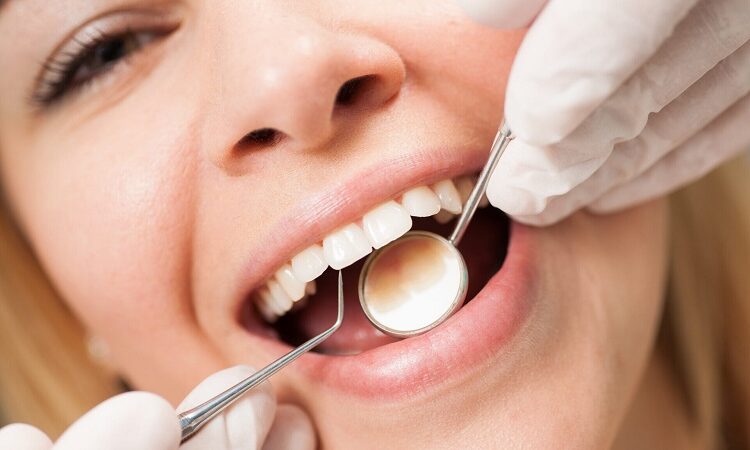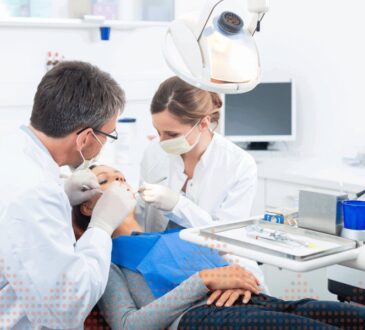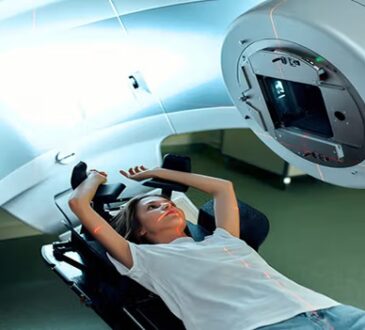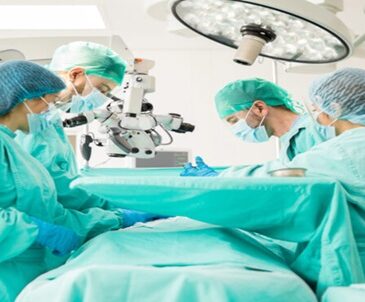
The field of dental hygiene is moving fast with technology. New devices and software are changing the way care is delivered. A hygienist today needs to know more than cleaning and routine care. Advanced tools are making procedures faster and more effective. Patients now expect modern care that feels safe and comfortable. Therefore the future of hygiene is closely linked to technology. This shift also means fresh training and better awareness. So hygienists must embrace innovation for long term success.
Digital Imaging and Diagnostics
Digital imaging has changed the daily workflow. The latest systems offer fast scans with sharp details. Hygienists can now detect issues at an early stage. This improves treatment accuracy and patient trust. Digital diagnostic tools also reduce radiation exposure for safety. The clarity helps guide decisions with confidence. Therefore this technology is now standard across many clinics. It makes hygiene jobs more precise and less stressful. A modern hygienist is expected to master digital imaging.
Laser Technology in Hygiene
Laser tools are becoming popular in dental care. A hygienist can use them for deep cleaning. The process is less painful for most patients. Healing is also faster and smoother with lasers. So treatments feel safe and advanced at once. Lasers help reduce bacteria in gum pockets. They also aid in cosmetic procedures like whitening. Therefore this tool is a key part of new practice. Hygienists must learn safe handling and updated methods. The adoption of lasers will continue to grow.
Smart Ultrasonic Scalers
Smart ultrasonic scalers are replacing older manual tools. These devices use gentle vibrations for plaque removal. The process is fast and efficient during cleaning. Patients report less discomfort with this system. Smart scalers adjust power automatically for better control. Therefore the care feels smoother and more precise. This also reduces fatigue for hygienists during long sessions. The tool is designed to protect tooth surfaces safely. Now jobs for dental hygienist demand knowledge of such devices.
Digital Record Management
Paper records are now fading from clinics. Digital platforms manage patient files with great ease. A hygienist can update notes instantly during care. This improves communication with the rest of the team. Digital records also allow fast access across locations. So patient history is available whenever needed. Security systems protect sensitive data from outside threats. Therefore clinics rely on electronic records for efficiency. Hygienists must know how to use such platforms well. The trend ensures accuracy and smooth patient experience.
Teledentistry and Patient Education
Teledentistry has opened new ways of patient care. A hygienist can guide patients remotely in real time. This offers convenience and wider access to support. Patients can learn hygiene habits through video sessions. Therefore education feels more direct and practical. Hygienists can also track progress digitally with ease. The model saves time and reduces travel stress. So many patients prefer this flexible style of care. The growth of teledentistry will expand in coming years. It shows how technology supports preventive dental health.




